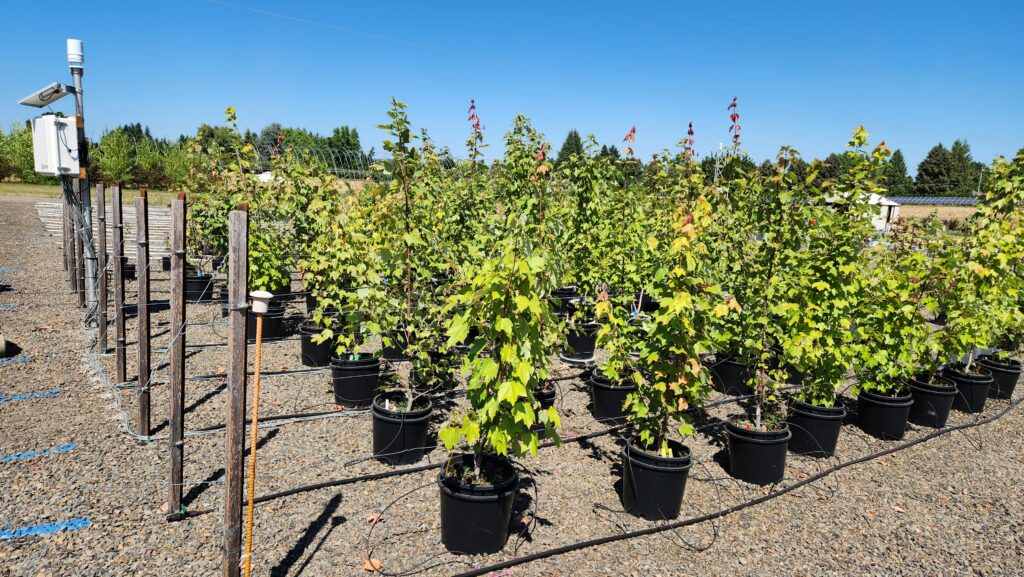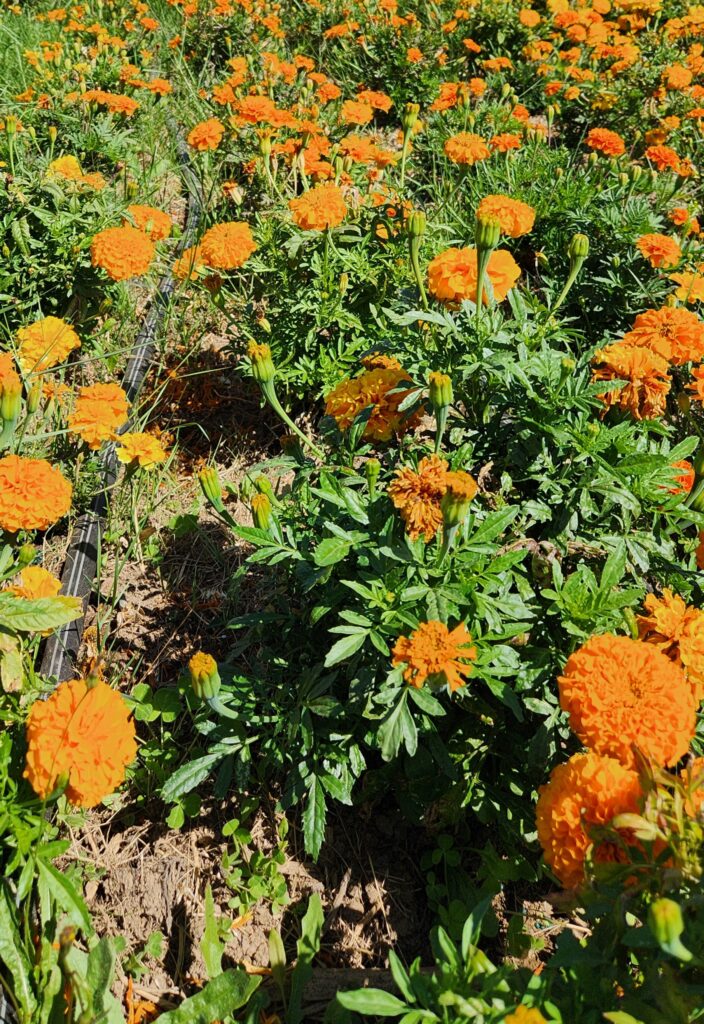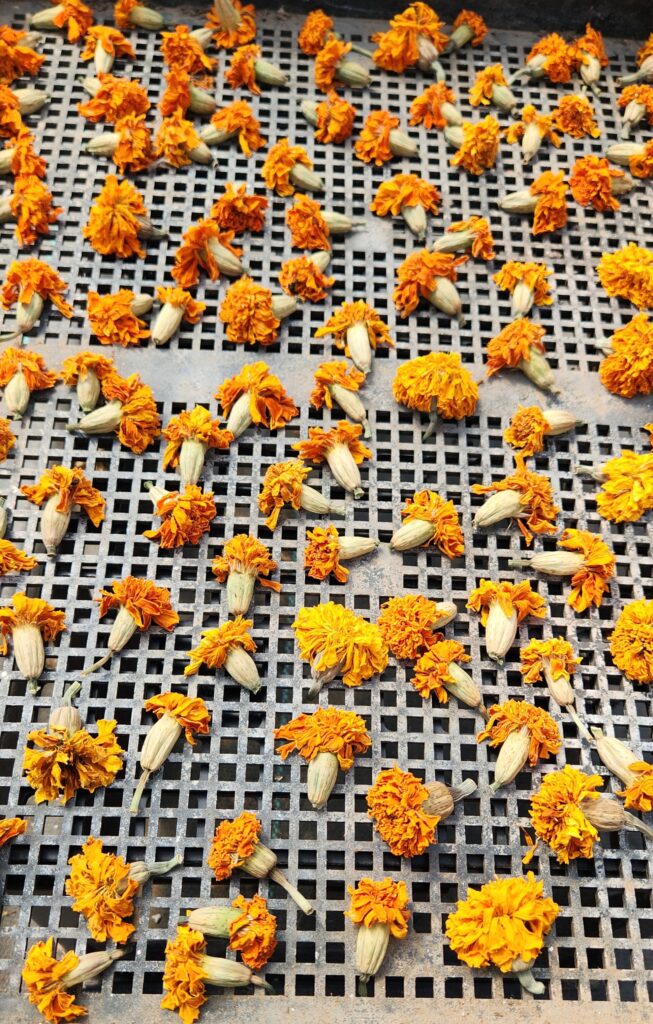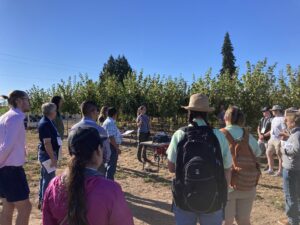Unlocking Nature’s Water Secrets for Greener Futures, Part 1
TL;DR Plant hydraulics unravels the journey of water within plants, aiding tree health, nursery production, urban forest management, and climate resilience. 🌿🌿
Last month, we delved into the fascinating world of soil hydraulics, exploring how water moves beneath our feet. In this post, we’re staying within the realm of water movement but shifting our focus to a different dimension of nature – plants. Prepare to journey through the intricate pathways of plant hydraulic physiology, where we uncover the secrets of how trees and other woody plants manage water, adapt to challenging conditions, and ultimately contribute to a greener, more sustainable
world.

Plant hydraulic physiology is all about how water moves through plants. Scientists study this to understand how trees and other woody plants react when they have enough water or not enough. This knowledge helps us figure out how different ways of growing plants in nurseries affects their growth. People have known for a while that this field is important for plants in forests. But now, thanks to recent discoveries by this lab and others, this amazing field of science is being applied to
nurseries and other horticultural production systems. In this summary, I will explain the basic ideas about how water moves through
plants , how it connects to their structure and how they work. With this knowledge, scientists, nursery workers, and people who care for forests can ensure they grow strong, healthy trees that can handle harsh conditions when planted outside.
UNDERSTANDING WATER MOVEMENT IN PLANTS
Let’s start by talking about how water moves in plants. Imagine it’s like water moving through a hose in your garden. We can measure this flow of water using something called “flow rate,” which is just how much water moves in a certain amount of time.

We use units like gallons per minute or liters per minute to measure it. For example, think about a water hose in your garden. If you want to know how much water it sprays out in a minute, that’s its flow rate. Now, here’s something interesting: the size of the pipe or hose matters. A big hose can let a lot more water flow through than a tiny one. In fact if you double the diameter of a hose it can allow 4 times the flow of the smaller diameter hose. Plants have tiny water pipes called “xylem.”

XYLEM CONDUCTANCE
Okay, now let’s talk about “conductance.” Think of it as how easy or hard it is for water to move through something. For plants, this refers to how easily water can travel through their pipes. We usually keep the pressure the same, like when you use a hose with a constant water pressure. This helps make sure the plants get water evenly. Lastly, there’s something called “conductivity.” It’s like a fancy version of conductance but scaled to the size of different parts of the plant. It helps us compare how different parts of the plant move water. For example, we might want to know how water moves through the stem compared to the roots.

Now, here’s where it gets cool: in plants, water doesn’t get pushed like in your garden hose. It gets pulled up by something called “tension.” This happens because plants lose water from their leaves when it evaporates. Imagine a plant sipping water through a straw from the soil. When the water evaporates from the leaves, it creates tension, like a vacuum pulling water up the plant. This is how water can move up the tallest trees. So, we measure something called “water potential” to understand this tension. It tells us how much “pull” the plant has on the water. When there’s a difference in water potential between different parts of the plant, it’s like a driving force that makes water move from where there’s less pull to where there’s more. This helps water move up from the roots to the leaves, even against gravity. We call this whole process the “Soil-Plant-Atmosphere Continuum,” but you can just think of it as how plants drink water.
And that’s the basics of how water moves in plants!



































